Mayo’s Clinic: Promoting Diversity in our Classrooms
 Creating a culture that recognizes differences in a positive manner is a key element of good teaching and an important strategy for making every student feel safe and secure while encouraging learning.
Creating a culture that recognizes differences in a positive manner is a key element of good teaching and an important strategy for making every student feel safe and secure while encouraging learning.
By Dr. Fred Mayo, CHE, CHT
Last month, we discussed ways to encourage critical thinking by using executive summaries and abstracts. This month and next, we will focus on issues of difference and diversity. In some ways, these topics are a natural follow-up to discussions of critical thinking since teaching about differences and diversity is about changing or broadening people’s minds and actions. It also helps them improve their perceptual and assessment skills.
Differences and Diversity
Increasingly, the membership of our classrooms has changed to include a wide range of students from all kinds of backgrounds and with all kinds of interests. The fascination of the culinary world and its prominent status, on the one hand, and the recessionary economy, on the other, has brought students into our programs who might never have been there before. In fact, the range of differences among our students can include any of the following (in alphabetical order to point out that no one difference is more important than another):

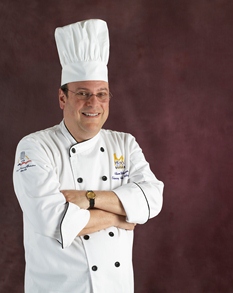 Says Chef Weiner, it’s time to assess ourselves as role models to our students, who witness more than we realize. And a tragedy hits home that we must work to positively influence those in our charge while we have the opportunity.
Says Chef Weiner, it’s time to assess ourselves as role models to our students, who witness more than we realize. And a tragedy hits home that we must work to positively influence those in our charge while we have the opportunity.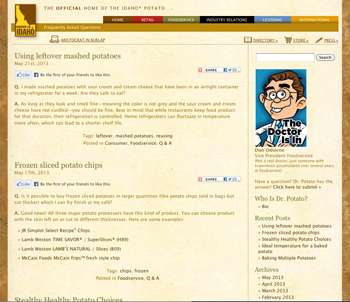 Find answers to hot (and cold) potato questions at
Find answers to hot (and cold) potato questions at 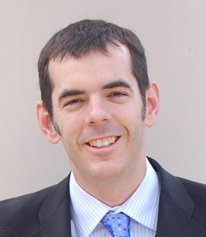 A significant profit center in any foodservice operation is energy efficiency and savings.
A significant profit center in any foodservice operation is energy efficiency and savings.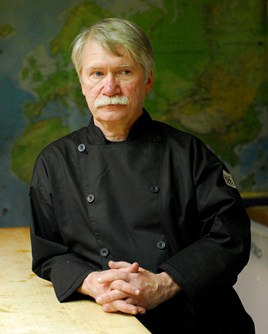 As cooks, we exist to express ourselves, learn and work together as a team and produce some amazing art that people in the dining room will eat, smell and enjoy.
As cooks, we exist to express ourselves, learn and work together as a team and produce some amazing art that people in the dining room will eat, smell and enjoy.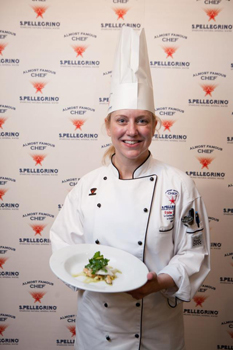 Kristen Thibeault of Le Cordon Blue College of Culinary Arts in Boston is the winner of the 11th-annual S.Pellegrino Almost Famous Chef Competition. She competed in multiple cooking competitions for the accolades, proving excellence at The Culinary Institute of America in Napa Valley, Calif.
Kristen Thibeault of Le Cordon Blue College of Culinary Arts in Boston is the winner of the 11th-annual S.Pellegrino Almost Famous Chef Competition. She competed in multiple cooking competitions for the accolades, proving excellence at The Culinary Institute of America in Napa Valley, Calif. Fourteen high-school students representing Technology Center of DuPage (TCD) in Addison, Ill., placed among the top 10 in five contests—including a 1-2-3 sweep in Commercial Baking—at the 2013 Illinois SkillsUSA Leadership and Skills Conference. The annual state championships were held April 11-13 in Springfield with more than 1,300 participants competing in nearly 100 contests.
Fourteen high-school students representing Technology Center of DuPage (TCD) in Addison, Ill., placed among the top 10 in five contests—including a 1-2-3 sweep in Commercial Baking—at the 2013 Illinois SkillsUSA Leadership and Skills Conference. The annual state championships were held April 11-13 in Springfield with more than 1,300 participants competing in nearly 100 contests.